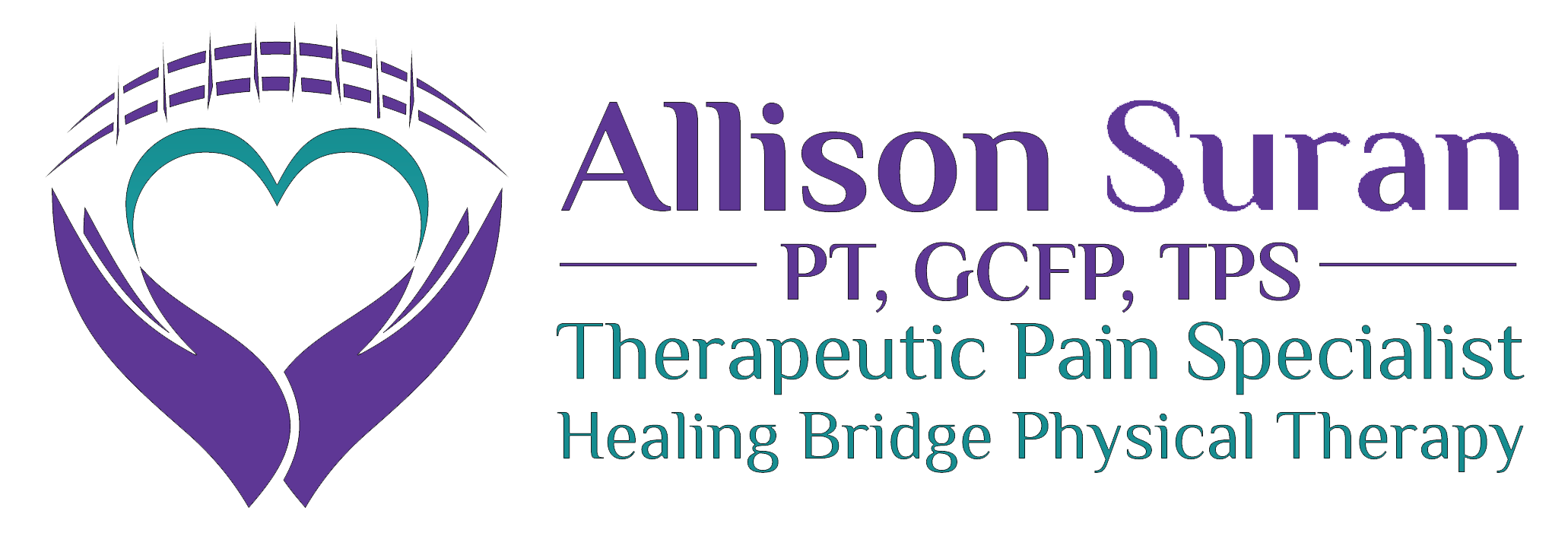3-Dimentional Walking-7/19/15
July, 2015
I finally got to go out and challenge myself by walking on a trail a couple of weeks ago. I wouldn’t be so bold as to call it “hiking” quite yet, but it did add a whole new dimension to my rehab – as I had hoped it would!
Knowing that we are three-dimensional creatures with bodies designed for 3-D surfaces, I looked forward to this new opportunity to strengthen my hip in this very functional way. What I wasn’t expecting is all of the protective patterns my body created in order to protect me from injury.
Again and again, as I walked around rocks and roots, I would notice myself tensing unnecessarily. Fortunately I know enough about body awareness and self-listening that I was able to notice this tension and release it. I suspect that many people who have experienced pain and/or surgery end up unconsciously creating muscular tension in various parts of their body. I see this all of the time in the clinic: People who had an injury years ago, who still hold themselves away from the painful area, in order to avoid pain that may (or may not be) long gone.
For myself, I tend to hold myself tight in the ribs under my armpits, across my chest, with a coinciding restriction of my breath. As I walked, I would remind myself to “let go” both of my breath and my body and let my spine and legs support me while allowing my breath and ribs to stay available to respond to balance challenges.
When we tighten up, although this is an instinctual reactionary response from the brain for self-protection, if we don’t un-tighten, we can end up with movement patterns that eventually interfere with optimal movement, function, and balance. As I thought about this, I realized that I’ve coached clients in letting go of these types of holding patterns in many different locations. From the neck and jaw, to the chest, ribs, abdomen, low back, hips…really, a person can create a protective holding pattern just about anywhere the brain thinks is necessary for safety.
The key is in knowing that you are doing this. I’m fortunate to have years of training, particularly in the Feldenkrais Method, to help me notice when I’m moving with my whole-self, or when I’m “stuck” somewhere. What seems to be true is that different people have different natural levels of body awareness. Some folks have a very natural capacity to listen to where their body is in space, while others have a stronger orientation towards visual or hearing input. However, everyone has the capacity to listen – they just have to remember to.
As usual learning to listen to the body comes back to putting aside the incessant thinking going on in our minds, and choosing to feel into our bodies. From a Feldenkrais perspective, this means learning to let yourself be supported by your skeleton. As you learn to sense the solid and supportive structure of your skeleton, you can then learn to let go of the unnecessary muscular holding contractions while you feel the support of your bones. Exhaling is often a welcome companion to this “learning to let go” concept.
I am happy to say, that after several jaunts into walking on more challenging 3-D surfaces, I noticed just this morning that I am rarely noticing the holding-habit in my ribs. I am learning to trust my legs and hip more and enjoying looking up more often as well. Walking is such great therapy: for the mind and the body – remembering to be present, let our spines be long, feel the support of our bones and the earth below us and take in our beautiful surroundings. What a gift!

